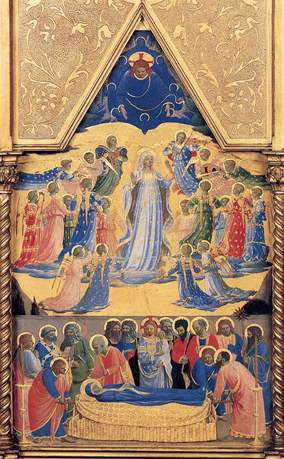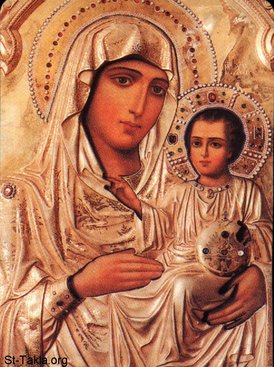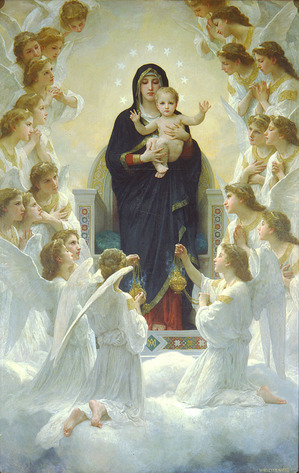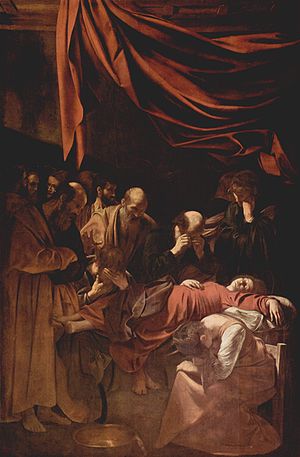Christianity holds forth a surprising happiness and promise of joy. It describes and offers a mystery of life that is full and forever. The magnificent Feast of the Assumption of the Blessed Virgin Mary celebrated on August 15 proclaims the deepest and most profound of these Christian mysteries and promises. Virgin Mary-- the Bearer of God who was the first and best disciple of her Son-- lived a long life in the presence of God. She experienced a resurrection after falling asleep in death (called Dormition) and a transport to Heaven (called Metestiseen, Assumption). Remarkably, this is the joy that lies in wait for all other disciples of the Lord Jesus Christ whose bodies will rise at the end of time and be with God in Heaven forever.
Let us examine the details of the Assumption of Our Blessed Virgin Mary in the tradition and legend of the event of her falling asleep and transport to Heaven as found in the icon and liturgy of the ancient Church. At the beginning, understanding that God entered into the human realm to stamp out death and bring life without end to humanity, we see this believing young Hebrew mother as the first person since Adam and Eve to experience realization of God's full life ... herself receiving life without end both physically and spiritually in unity with God the Creator, a glory forever and ever.At the end of time, all those judged to be living in the presence of God, who is Life Eternal, will also receive this remarkable eternal gift.
The spiritual powers receive her with honors due to God, and she who is truly the mother of Life departs unto life, the lamp of Light which no man can approach, the salvation of the faithful and the hope of our souls. (The Feast of Dormition, Great Vespers, Lete, Tone 2*).
Cry out, O David, and tell us, what is this present feast about which you sang in the book of Psalms? And David says, "Christ has carried up into the heavenly mansions her who bore Him without seed. I sang of her in the Psalms calling her 'daughter, bride of God and virgin'. Therefore, mothers, daughters and brides of Christ, rejoice and call out, "Hail to you, O Lady, who have been translated to the Kingdom on high." (Orthros [Morning Prayer], Sessional Hymns after the First Reading from thePsalter, Tone 4*).
Wherefore, O most pure Mother of God, forever alive with your Son, the Source of Life, do not cease to intercede with Him that He may guard and save your people from every trouble, for you are our intercessor. (Vespers, Tone 8 before the Entrance*).
Father Stephen Bonian, S.J.
A Maronite Jesuit priest serving the Eparchy of Our Lady of Lebanon






